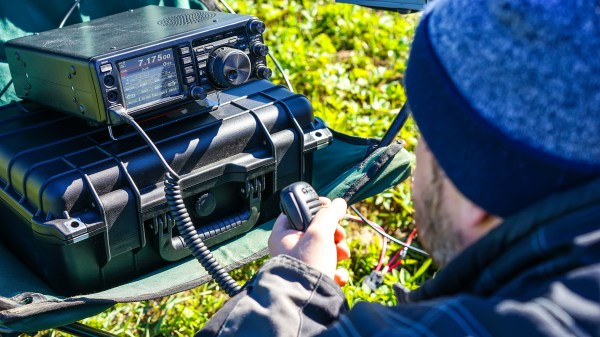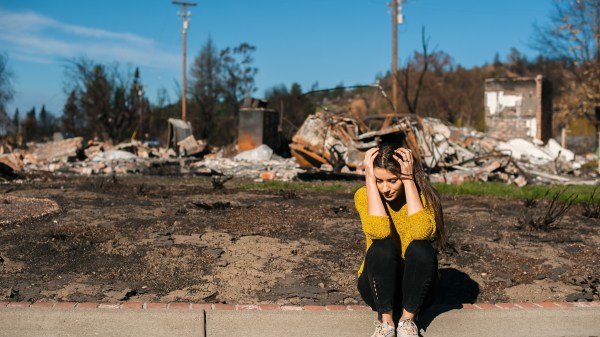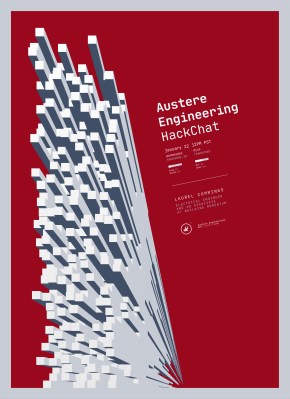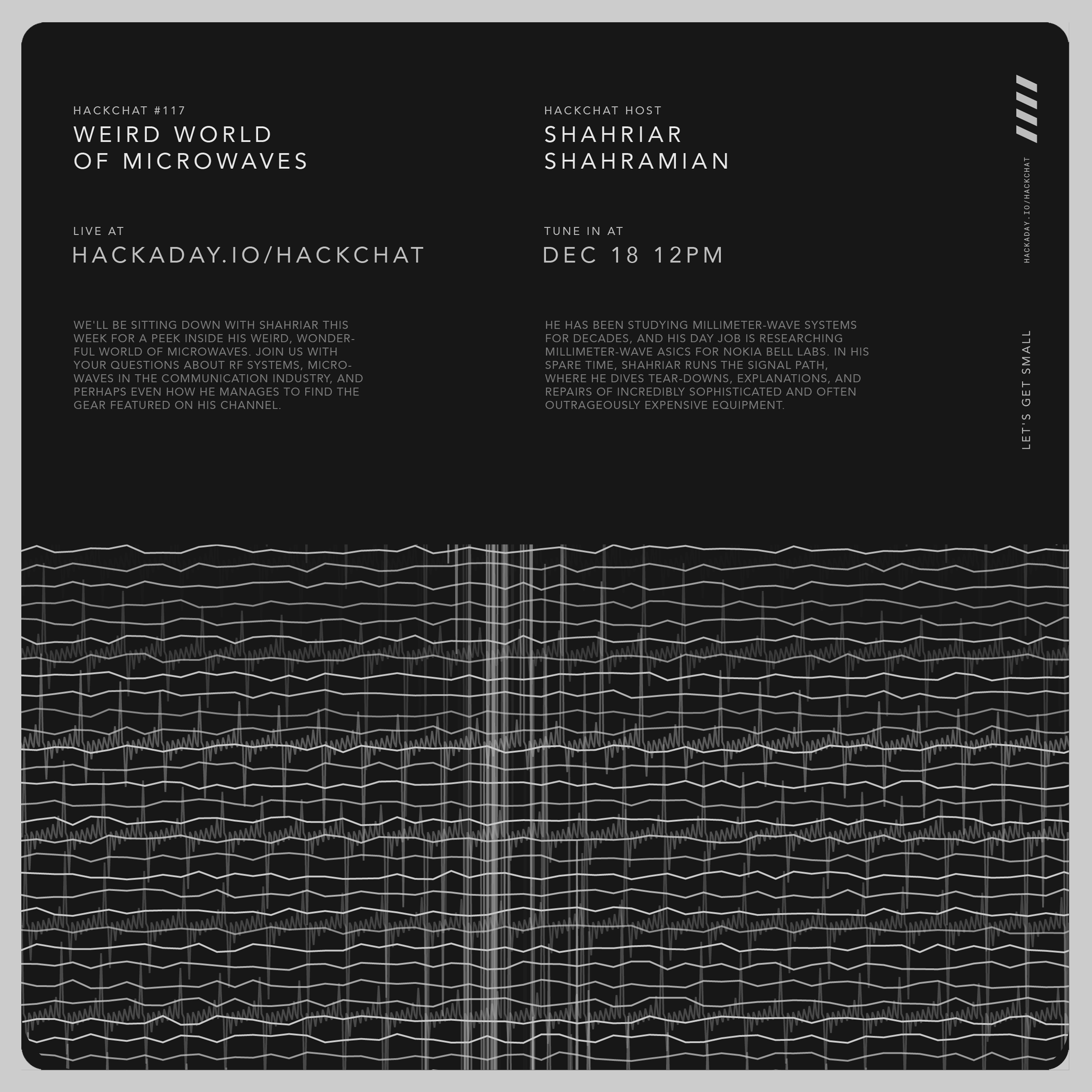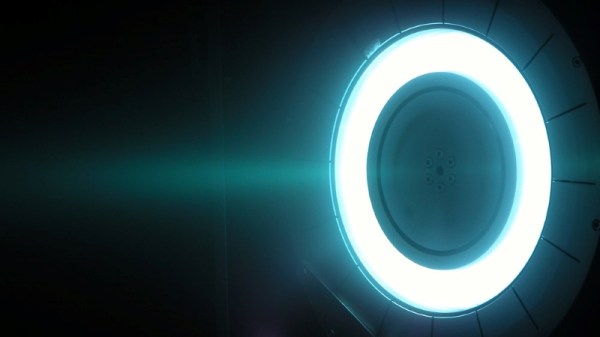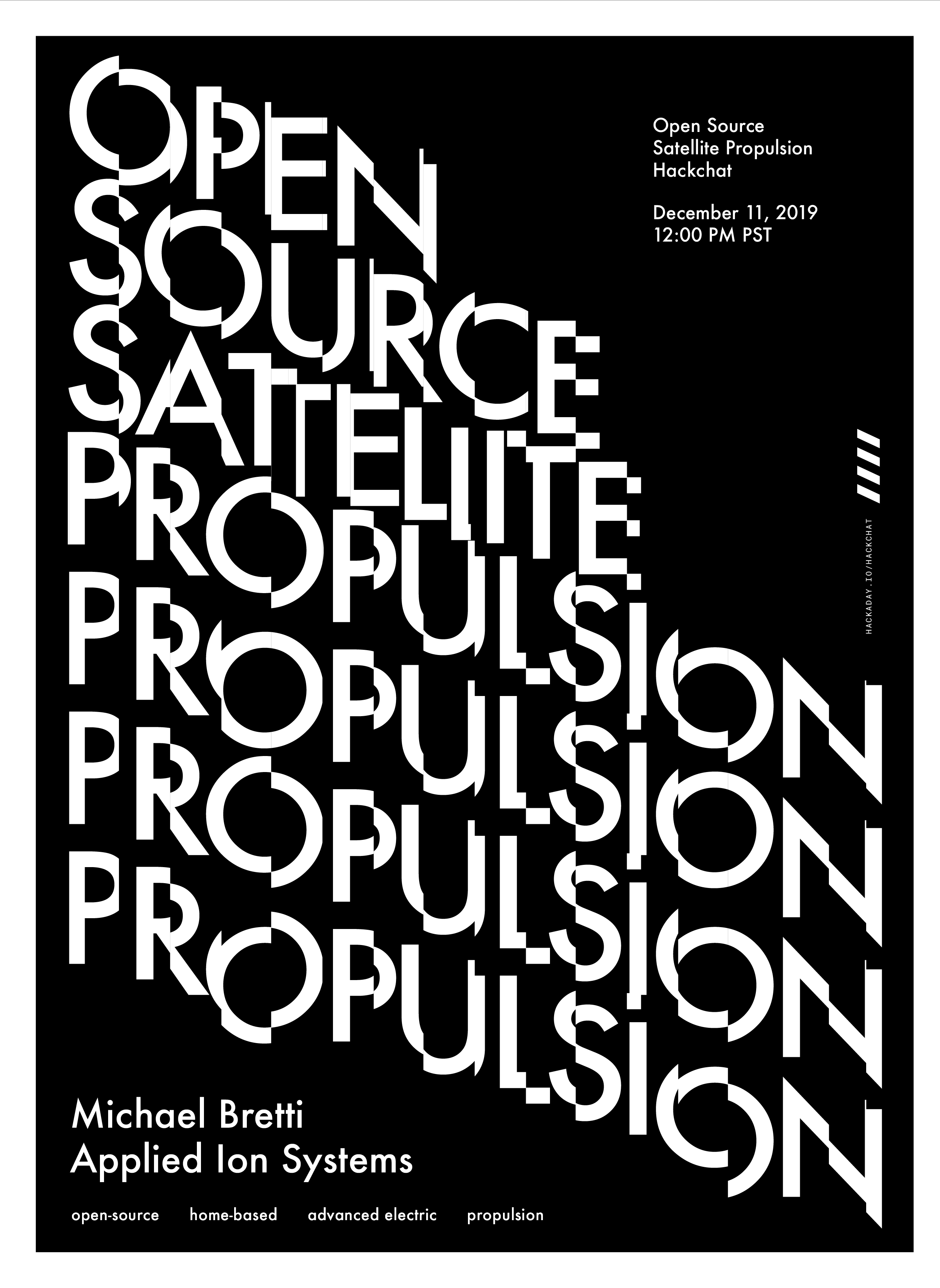Join us on Wednesday, February 12 at noon Pacific for the DIY Radio Telescopes Hack Chat with James Aguirre!
For most of history, astronomers were privy to the goings-on in the universe only in a very narrow slice of the electromagnetic spectrum. We had no idea that a vibrant and wondrous picture was being painted up and down the wavelengths, a portrait in radio waves of everything from nearly the moment of creation to the movement of galaxies. And all it took to listen in was an antenna and a radio receiver.
Over the years, radio telescopes have gotten more and more sophisticated and sensitive, and consequently bigger and bigger. We’re even to the point where one radio telescope often won’t cut it, and astronomers build arrays of telescopes spread over miles and miles, some with antennas that move around on rails. In the search for signals, radio astronomy has become the very definition of “Big Science.”
But radio astronomy doesn’t have to be big to be useful. James Aguirre, an astronomer at the University of Pennsylvania, spends his days (and nights) studying the radio universe with those big instruments. But he’s also passionate about down-scaling things and teaching everyone that small radio telescopes can be built on the cheap. His Mini Radio Telescope project uses a cast-off satellite TV dish and a couple of hundred bucks worth of readily available gear to scan the skies for all sorts of interesting phenomena.
Dr. Aguirre will join us on the Hack Chat to discuss all things radio astronomy, and how you can get in on the radio action on the cheap. Chances are good your junk pile — or your neighbor’s roof — has everything you need, and you might be surprised how approachable and engaging DIY radio astronomy can be.
 Our Hack Chats are live community events in the Hackaday.io Hack Chat group messaging. This week we’ll be sitting down on Wednesday, February 12 at 12:00 PM Pacific time. If time zones have got you down, we have a handy time zone converter.
Our Hack Chats are live community events in the Hackaday.io Hack Chat group messaging. This week we’ll be sitting down on Wednesday, February 12 at 12:00 PM Pacific time. If time zones have got you down, we have a handy time zone converter.
Click that speech bubble to the right, and you’ll be taken directly to the Hack Chat group on Hackaday.io. You don’t have to wait until Wednesday; join whenever you want and you can see what the community is talking about. Continue reading “DIY Radio Telescopes Hack Chat”


